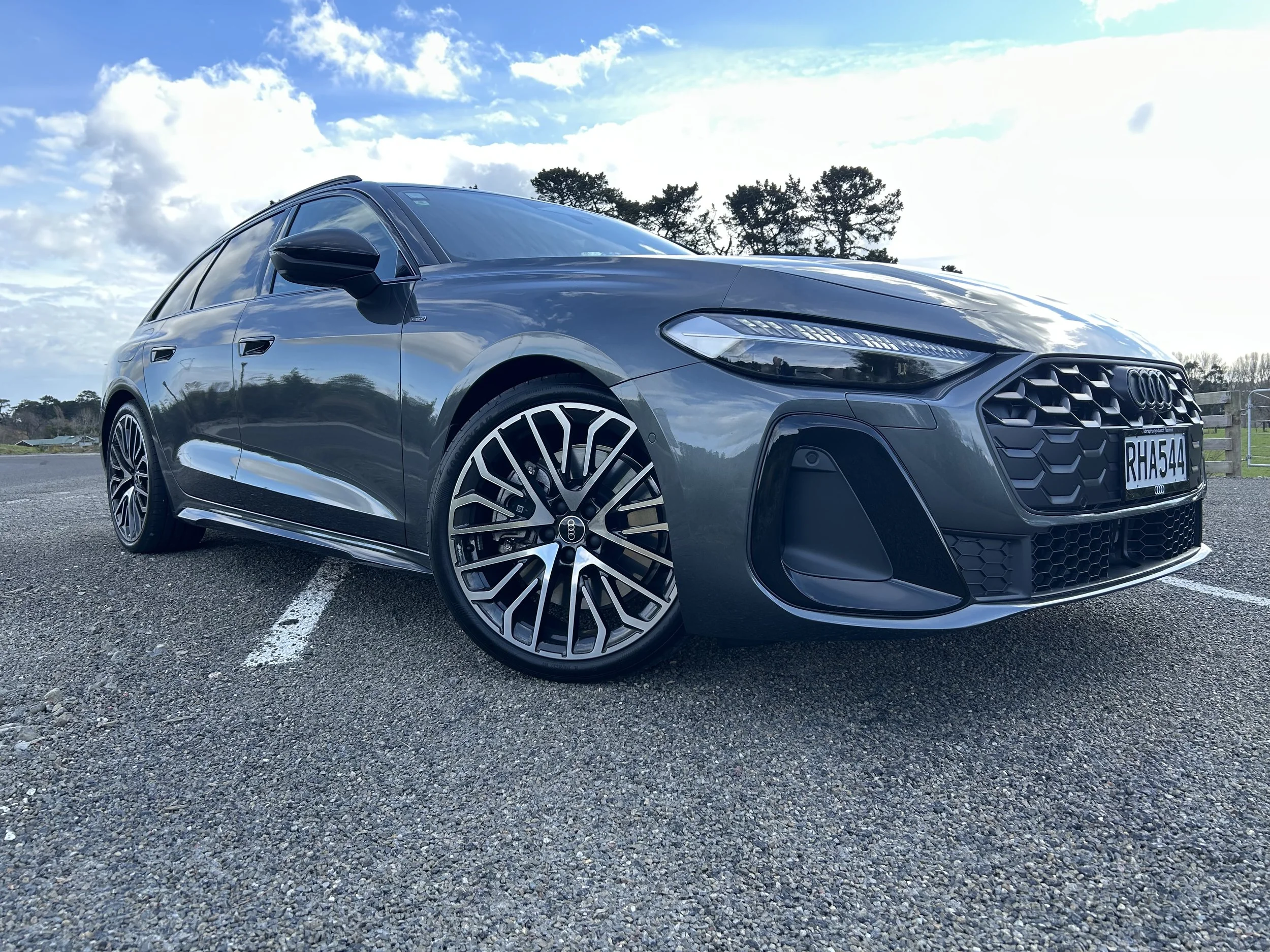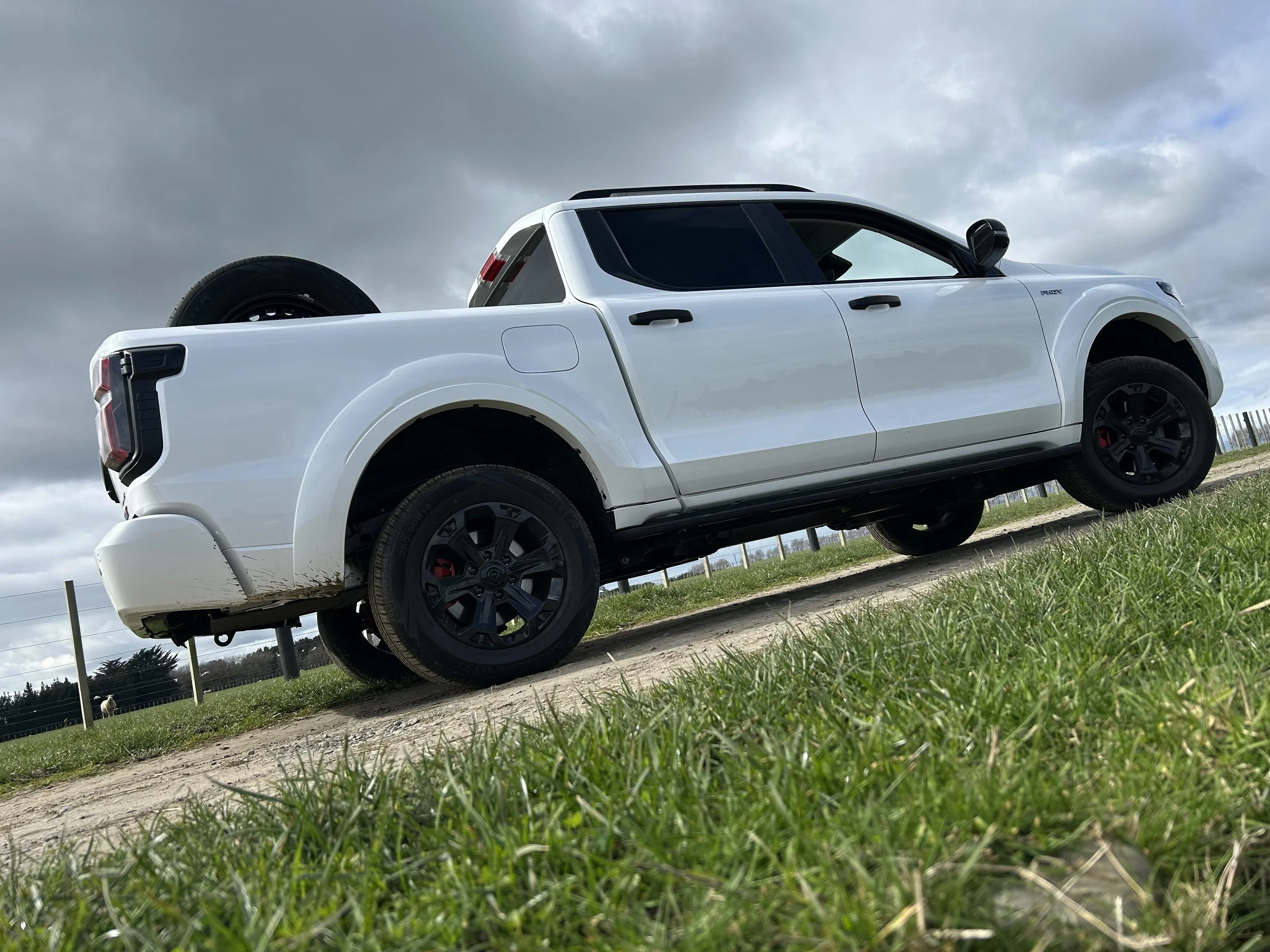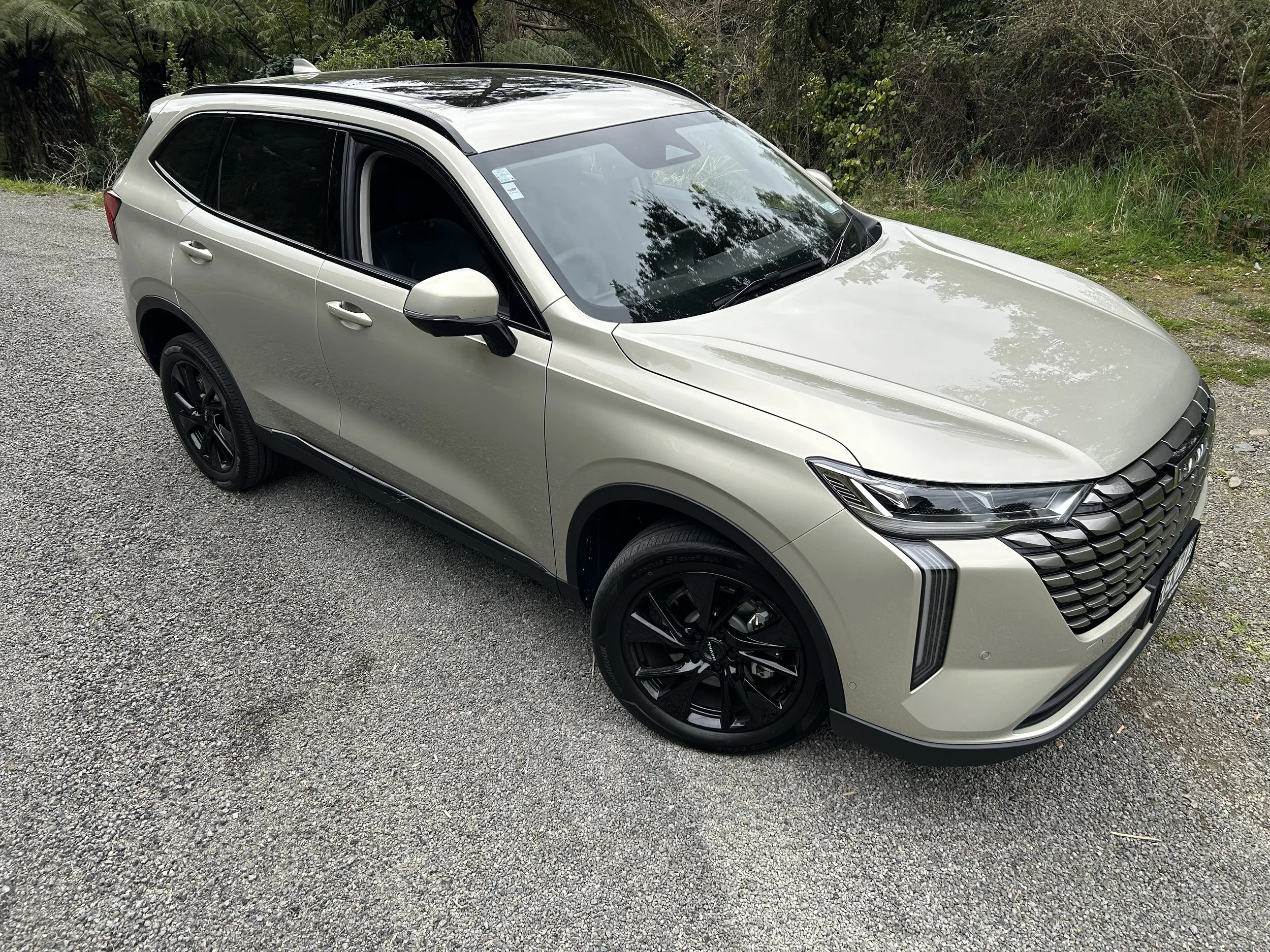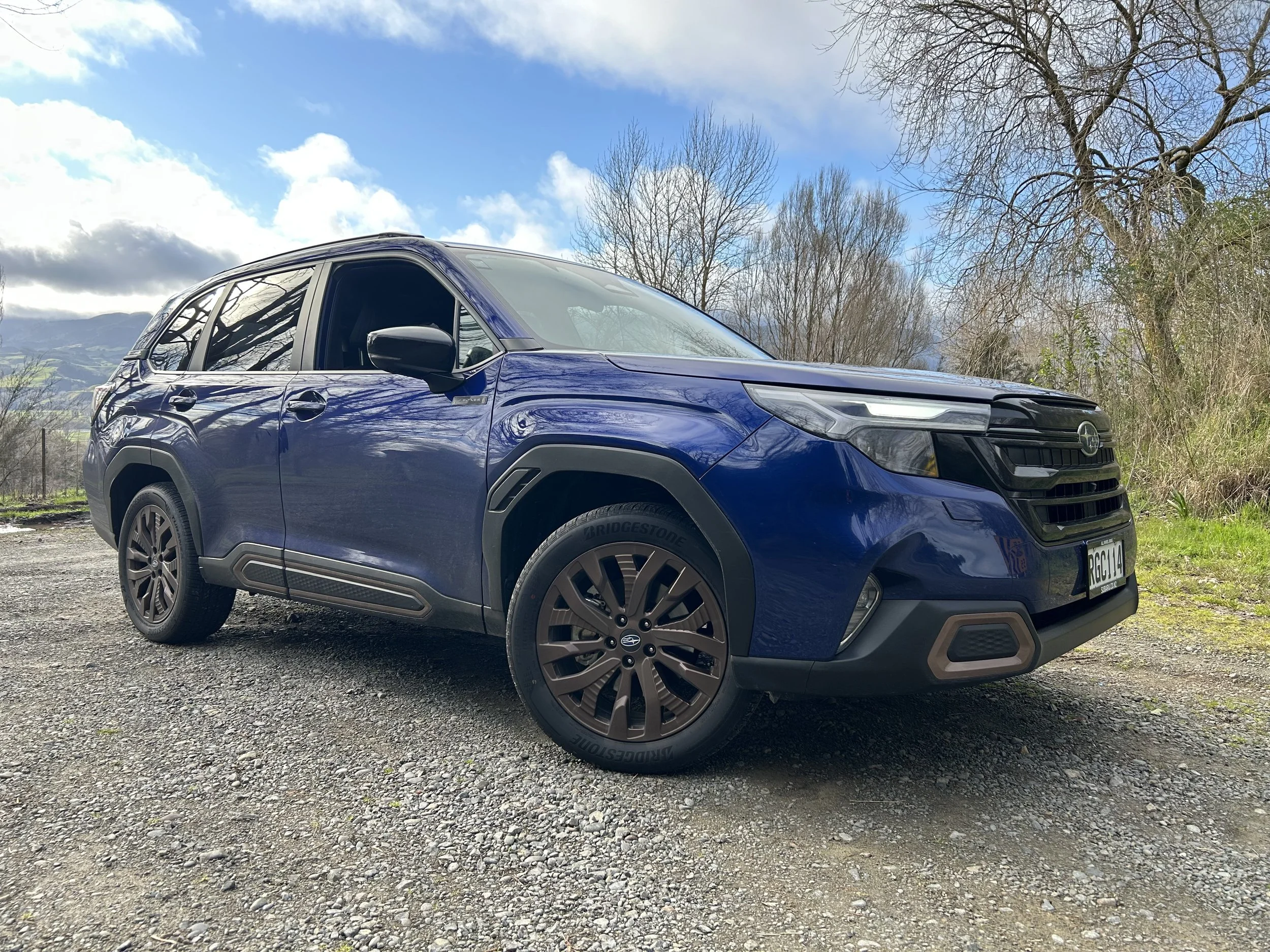Benz NZ powers up PHEV push
/Previous reluctance to introduce plug-in hybrid Mercedes cars has been reversed – and we’re going to start with everything currently available.
BATTERY-assisted petrol versions of the C-, E- and S-Class sedans and the GLE off-roader are coming on sale – even though Mercedes Benz remains among brands dismayed the Government doesn’t do enough to promote electrics.
Mercedes Benz New Zealand general manager Ben Giffin says the uber-efficient petrol hybrid electric (PHEV) editions set to progressively arrive before year-end almost certainly won’t garner big sales – yet he feels the positives outweigh the negatives.
“We’re not getting ahead of ourselves; we identify that this product might only represent perhaps three to five percent of our (sales) volume,” he told MotoringNetwork.
“But we are also recognising that our brand has an amazing plug-in hybrid range that we want to showcase to the New Zealand consumer.
“The fact that this country has sustainable energy is an absolute bonus. With our high level of clean energy generation, New Zealand is an ideal environment for them.
“We really do need to give these vehicles legs, because they are a fantastic technology.”
Even though the models are recognised as PHEVs, meaning they have a petrol engine for more than just emergency use “for a lot of commuters who live in metropolitan areas they are not going to use the engine in a daily commute; everything will be done on electricity.”
He agrees there are stumbling blocks. Though the distributor is not ready to discuss its pricing, the technology impost inevitably brings a premium.
Also the programme enacts when fuel is cheap and when latest editions of some orthodox fossil-fuelled cars, Mercedes product included, are making better use of every litre.
Benz also laments a lack of tangible Government support. Giffin reckons full electric and PHEV cars will never gain significant traction without help from the top; the same argument that his brand put in December when it suggested no PHEVs would be here unless there was policy chance.
Nothing has been forthcoming but it is due: Like others in the industry, Giffin is awaiting the outcome of a much-delayed announcement from Government expected to provide some greater leniency, but wonders exactly how much consideration will be given. Will there finally be incentives like those provided overseas? The industry view seems to consider this unlikely.
“We’re interested in anything that the Government is going to put forward,” Giffin says.
“We believe they have to come out with some initiatives to actually drive people to look at these vehicles.
“At the moment there isn’t enough … they definitely need a kick start. It is an imperative to position EVs in a special place. Momentum builds momentum and that the Government helps create that is an absolute must.”
Despite those challenges, there are immediate positives that appear to have swayed the distributor to act.
Mercedes Germany loves that more than 80 percent of energy here is generated by Green means (hydro, wind farms, geothermal). The brand believes this makes New Zealand a perfect location – right up there with Norway, where electrics have established a big foothold - to demonstrate an electric drive that will not stop with these current generation cars. What we are set to see first is simply bridging technology; within a few years Benz will have full electric models out as well.
“We really see New Zealand as the ideal market place. The way that our energy is sustainable is something we need to get behind.”
Another reason for starting now is that the brand believes there’s growing acceptance among luxury car buyers for environmentally-friendly vehicles, and it’s being driven by today’s youth. Benz cites anecdotal evidence to suggest luxury car buyers are under pressure from their kids and grandkids to drive in a more (environmentally) responsible manner.
The models cited for introduction this year use an engine in conjunction with a small electric motor and battery pack that can be charged externally via a wall box or fast charger.
Mercedes Benz NZ is working with electricity supplier Vector on the home installation aspect.
“We’re just taking the time, now, to set up the required infrastructure. It’s more than just our customers needing to know about the technology in these cars … it’s about setting up the dealer network and making sure that we have the support in place, including those customers who have wall boxes installed.
“We need to make sure that the support infrastructure exists – not just in Auckland but throughout the North and South islands.”
First off the rank, in the third quarter, is a C-Class model, the C350h, which has an 30km all-electric range. When the electricity is depleted, the 155kW/350Nm 2.0-litre turbo-petrol engine is expected to deliver a typical cruising range of around 600km.
After that? “We will have a plug-in hybrid edition of the new E-Class (arriving in orthodox form mid-2016) and a GLE 500 plug-in hybrid and, of course, the S-Class plug-in hybrid.”
One other model is also in his thinking, though it has yet to be confirmed for right-hand drive. That’s the GLC 350e, announced by Germany late last year.
The version of the brand’s latest and, after just a few months in the market, best-selling model is capable of 0-100kmh in 5.9 seconds and a 235kmh top speed while also boasting an optimum economy of 2.6 litres per 100km and an all-electric range of 34 kilometres.
“We are definitely trending to this kind of technology and, to my mind, it is an absolute must for a mid-sized SUV.”
Rivals will largely be product that Mercedes’ direct competitors are also already representing or soon will be – with Audi and BMW, that will mean selling against other PHEV editions, whereas with Lexus has non-rechargeable hybrid vehicles.
Technical details about every impending Benz model is still being unwrapped.
The GLE 500e and S500 Hybrid appear to use a common powertrain. This combines a 244kW twin turbo 3-litre V6 petrol engine with an electric motor, with a total combined output of 325kW and 650Nm. Both can be driven on pure electric at up to 128kmh, with a claimed range of 29km and slightly more for the S-Class. Benz quotes as little as 3.3 litres per 100km economy.
For ultra efficiency, however, the C350h holds champion status within the Benz family. In factory testing the car has registered CO2 emissions of less than 50g/km, which translates to average fuel consumption of around 2.0L/100km.
The model’s electric motor works solo under low duress situations such as inner-urban driving at low speeds, or acts as a booster to the internal combustion engine during heavy acceleration.
The electrical storage unit with this car is a lithium-ion battery with a 6.2kWh capacity. It’s a water-cooled unit that weighs about 100kg and is mounted under the rear axle. Both braking — the motor partially brakes the car in the guise of an alternator — and coasting regenerate power that is stored here.
Though every model will be different in respect to recharging time and the recharging method also has an obvious effect, the C350h gives good example of the quick recharge capability that Benz believes will be a plus point here.
In respect to the C350h, Benz Germany suggests when hooked to a 230-volt, 16-amp, single-phase public charger this model’s cells can be fully replenished in about one hour and 45 minutes. A 13A socket will charge the cells in about two hours.
The car’s Charge mode also allows the battery to be gradually recharged while driving using the combustion engine as generator, though the motor is disengaged during the process.
The positioning of the batteries hurts storage space; the 350h sedan’s cited boot capacity is 335 litres, against 480 litres for the regular version, while the wagon reduces from an absolutely optimum 1510 litres to 1370.
One benefit of all that instantaneous electric torque is a swift 0-100km/h sprint time in the sedan of 5.9 seconds (6.2sec in Estate).
The C350h has five driving modes — Individual, Sport Plus, Sport, Comfort and Eco — that recalibrate the drive system, chassis/suspension, steering, Eco Assist and climate control depending on the style you wish to drive in.
Eco function includes ‘E-save’, which allows the driver to essentially disengage the electric system to save the electrical input for later, such as when arriving in a city at the end of a journey.
In Europe, the car also has a route-based operating system that uses navigation data to charge and discharge the battery at the most appropriate moments over the route. So for instance, the car will hold back as much charge as it can if it notices there will be extensive urban driving later.
Like other electric fare, it has pre-entry climate control that allows the driver to set the temperature before entry (via a timer or online). There’s also allowance to monitor charging remotely.
Giffin says although the products will carry a premium, there’s potential this might lessen as the PHEV population increases.
“It’s all about us getting scale. And this why it is important Governments around the world get behind this movement. The more scale Daimler can get behind EVs, the better we can actually produce these cars in respect to quantity and quality and, in doing so, we can reduce the price.”
Giffin’s announcement to MotoringNetwork comes a fortnight after Nissan NZ explained to this site why it had to withdraw the Leaf, country’s only fully-electric car on showroom sale as a New Zealand-new offer, and is an effective u-turn on where his brand stood just a few months ago.
In December, a spokesman for Mercedes Benz Australia, of which New Zealand is an affiliate, asserted there was no impetus to add in electric cars while the Government doesn’t provide some tangible support to promote their use.
At the time it seemed a curious double standard from Benz, since it had made clear it intended to nonetheless to introduce the product now cited for New Zealand to Australia, where Government incentives are also lacking and where most electricity is created from burning coal, a dirty source.
However spokesman Jerry Stamoulis explained then the size of the Australian market made the programme less of a risk across the Tasman.
Meantime, Mercedes-Benz is still rumoured to be set to launch the first of four fully electric cars in 2018. The project is a $NZ6 billion investment that will sire two zero emission sedans and two crossover SUVs.
Porsche and Audi also have electric production cars launching internationally in 2018, respectively the Mission E and the Q6 E-Tron.
This year, too, New Zealand’s BMW and Audi distributors will release PHEV editions of their largest crossovers, the X5 and Q7.

















